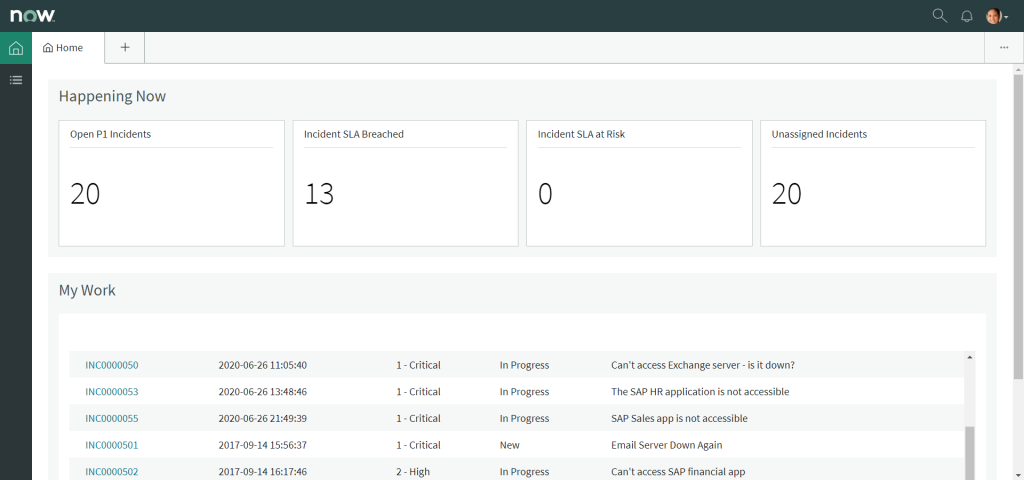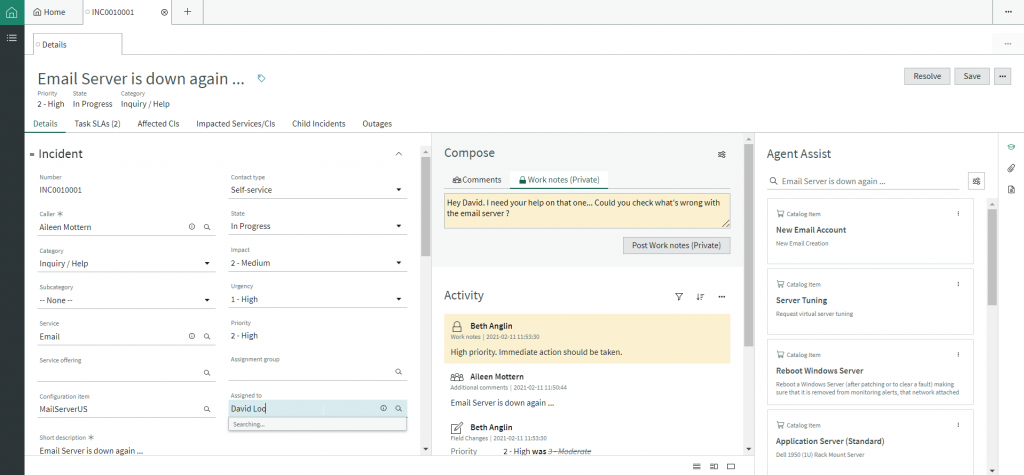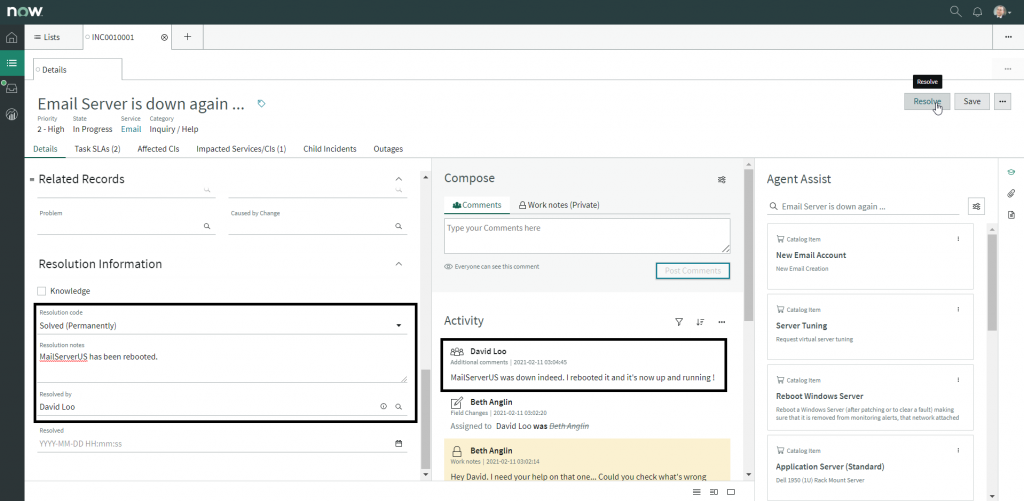Hidden gems of ServiceNow #1: Agent Workspace
Hello,
My name is Roman, and I’ve been working in ASP’s ServiceNow team for 4 months. When I first started, I barely knew anything about this platform. I had surely heard some talk of the platform’s capabilities and it being called the platform of platforms, but the rest was a real mystery for me.
During these 4 last months, I have been studying a lot. This resulted in obtaining two certifications – CSA and CIS – ITSM. At the same time, I’ve also explored most of the popular applications and modules of ServiceNow. The basic functionalities are definitively remarkable but, something I thought was even more fascinating are the less well-known tools that are available in the platform and oddly, these are overlooked by too many employees working with ServiceNow.
I could give you plenty of examples, but I chose to go over one suite of tools in particular; Agent Workspace. Let’s dive right in !
Agent Workspace
Agent Workspace is a ServiceNow interface enabling service desk agents to respond adequately to incidents, problems and change requests as soon as possible.
This is done by serving a full context overview of the issue in one single interface, whilst concurrently providing relevant recommendations based on Machine Learning concepts like Agent Assist and Agent Intelligence.
Workspace thus makes it able to quickly move between each issue agents are working on, as well as reassigning incidents to colleagues. Emails are simply no longer needed!
In turn, it also leads to saving precious time and thus, a more efficient way of working in general, as the users see their workloads decrease drastically.
Let’s walk you through an example to make things more clear.
Case study
How to access it?
So, when typing ‘Agent Workspace Home’ in the application navigator of any OOTB ServiceNow instance and clicking on the related module, we end up on this page. This is the Agent Workspace interface! As you can see, at first glance, key information is available to the service desk agent. Some interesting KPI’s are displayed and the section ‘My Work’ will immediately indicate to the logged-in user the tasks where his/her input is needed.

Agent Workspace Home
Clicking on one task will automatically take the agent to the form of the task at hand. There, the user assigned to the task, in this example Beth, will be able to check all the relevant information needed to understand the problem and start the resolution process.
Here, the problems seem to be an email server which is down … The agent doesn’t have a straightforward solution for this. So, the first thing that comes to Beth`s mind is to check Agent Assist. This tool will automatically use the short description of the incident filled in by the caller to perform a search on the available knowledge articles, catalog items and open or closed incidents, as well as problems and changes in order to find immediate solution to the issue.

Reassigning the incident
Usually, a resource would be provided by the Agent Assist, but for the sake of this example, let’s say that Beth doesn’t find any related resources.
Beth does know that David Loo, a system engineer in her organization, will be able to help since he has already solved this kind of issue in the past. So, she decides to assign the incident to David and posts a work note on the task form to further clarify the reason why the task has been assigned to him.
Now, David receives the notification and checks the information as well as the history on the incident interface of Agent Workspace. As it turns out, he has indeed already faced this kind of issue and knows that rebooting the email server should solve it. He then performs the required actions to carry out the task, after which he checks from a user a perspective, if the issue has been solved. Lastly, he updates the resolution code and posts a message in the comments to make everybody aware that the incident has been resolved.

Solving the incident (mail server reboot)
As easy as that. This incident has now been resolved. Now it`s just a matter of receiving feedback from the initial caller. On to the next one…
Main takeaways
As you can see in the case study above, Agent Workspace has plenty of advantages for service desk agents. Here are my 3 personal favorites :
- The homepage. Finding and tracking incidents, problems and changes is easy with Agent Workspace. In fact, the users can have an immediate overview of their team performances as well as their current pending work in the main interface.
- The All-in-1 solution. When solving an incident, there is no need to navigate between multiple pages to look at the information of the issue, send messages to a colleague/the caller, or to identify the CI’s and services impacted. This is an all-in-1 solution and the less time spent navigating back and forth between pages and more time available for the actual resolution of the problem.
- Agent Assist. Everything is designed to facilitate the job of the fulfiller. Agent Assist is just another example… Numerous incidents can be solved almost as soon as they have been opened by simply generating a list of helpful resources every time a record is submitted. Agent Assist can thus save a great amount of time on easy-to-solve incidents.
Questions?
- Directly schedule a meeting with us.
- Reach out to on us solutions@asp.be.


